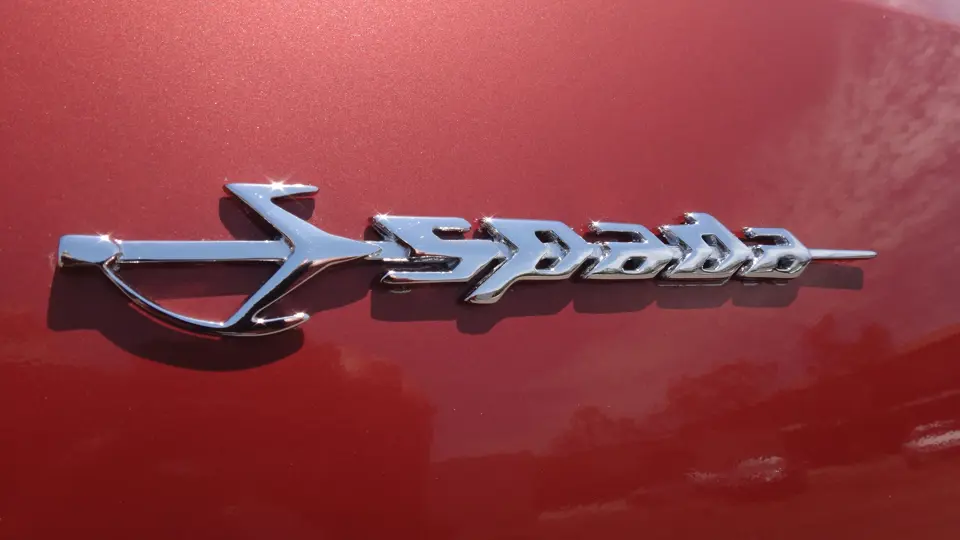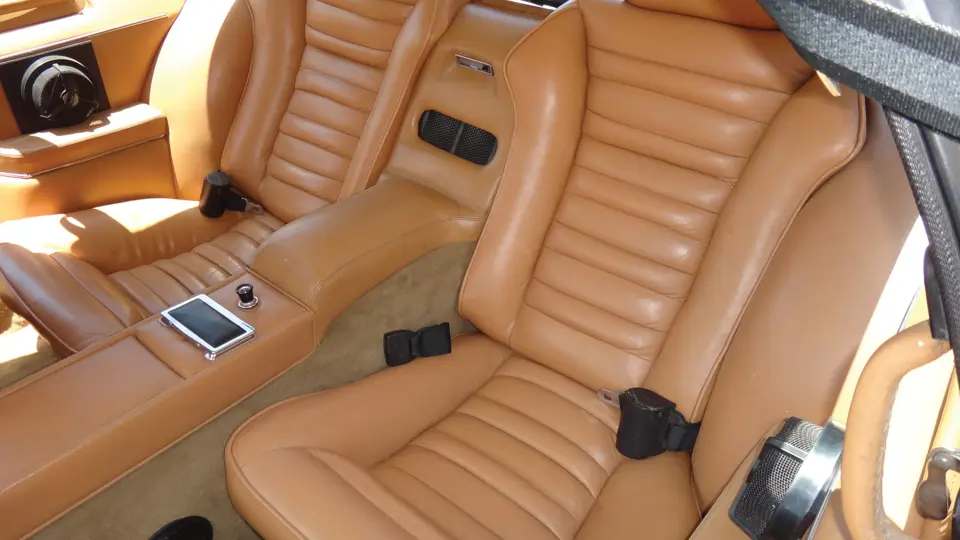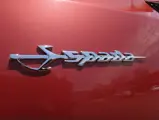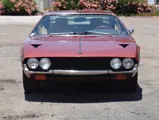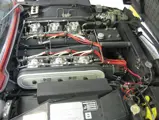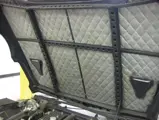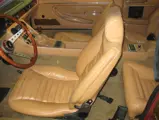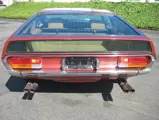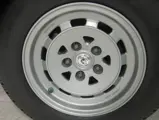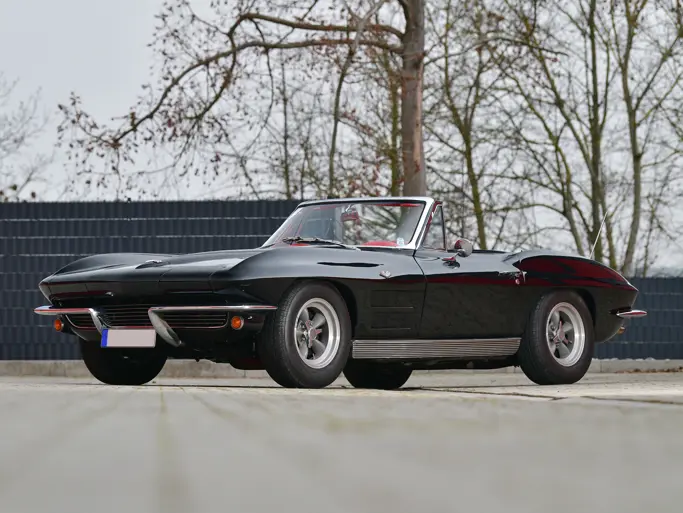350 bhp (DIN), 3,929 cc DOHC V-12 engine, six Weber twin-choke carburetors, five-speed manual gearbox, independent coil spring front and rear suspension, and four-wheel hydraulic disc brakes. Wheelbase: 104.3"
- Italian supercar with DOHC V-12 and seating for four
- One of only 1,225 Espadas produced
- Marcello Gandini design
In a world where exotic Italian cars are frequently competition-bred, Lamborghini and company founder Ferruccio Lamborghini were the exception. By the mid-1960s, Sr. Lamborghini started building automobiles strictly as a hobby, and in 1963, he had a Bizzarrini-designed 3.5-liter DOHC V-12 with six Weber carburetors developing 360 bhp. Designed by Gian Paolo Dallara, the Lamborghini GT was produced in 200 units by 1965, and despite the fact that the company eschewed racing, it was in fact a significant competitor to Ferrari. The mid-engine Miura debuted at the November 1964 Turin show, and 475 were built over the next four years.
For the 1968 Espada, however, Lamborghini returned to a more traditional longitudinal front-engine design. Long and low like its stable-mates, the Espada used the same 3,929 cc V-12 with six twin-choke Weber carbs. With speeds of up to 155 mph on demand, the Espada was the world’s fastest four-seat production car when new.
The four-seat coupe body was designed by Bertone’s Marcello Gandini and featured a large windshield and long, curved rear-quarter windows. The Espada was carefully refined throughout production, with revisions primarily including vented brakes, increased power output, steering wheel, dash and grille design. US-delivery Espadas included standard leather upholstery, a heated rear window, power window lifts and tinted glass.
This 1973 Espada has travelled only about 34,000 miles, and one of its owners retained the car for a remarkable 26 years. As presented, it remains in nice condition throughout with an attractive color combination and benefits from a fresh service. Rare as one of only 1,225 Espadas produced in total, it offers Miura-level performance with seating for up to four and represents excellent value in today’s collector-car market.

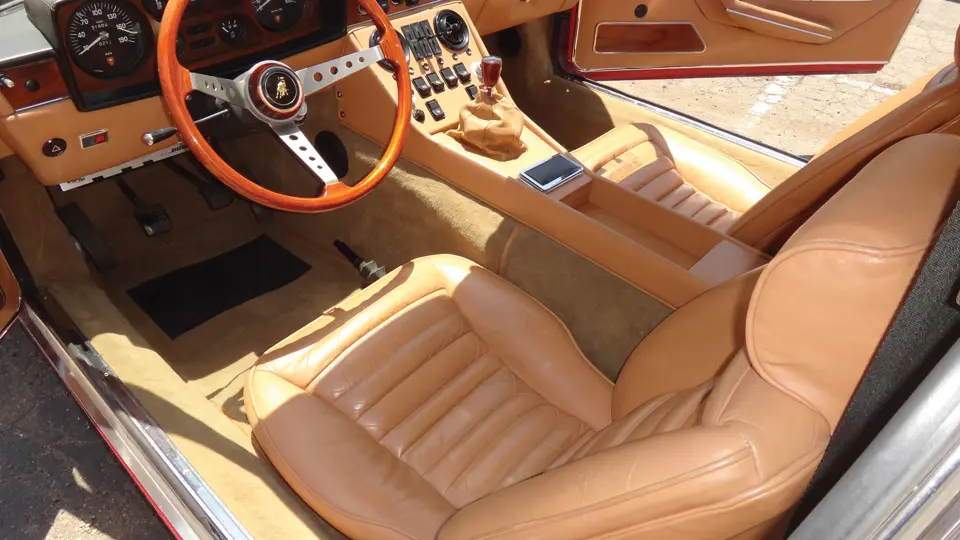
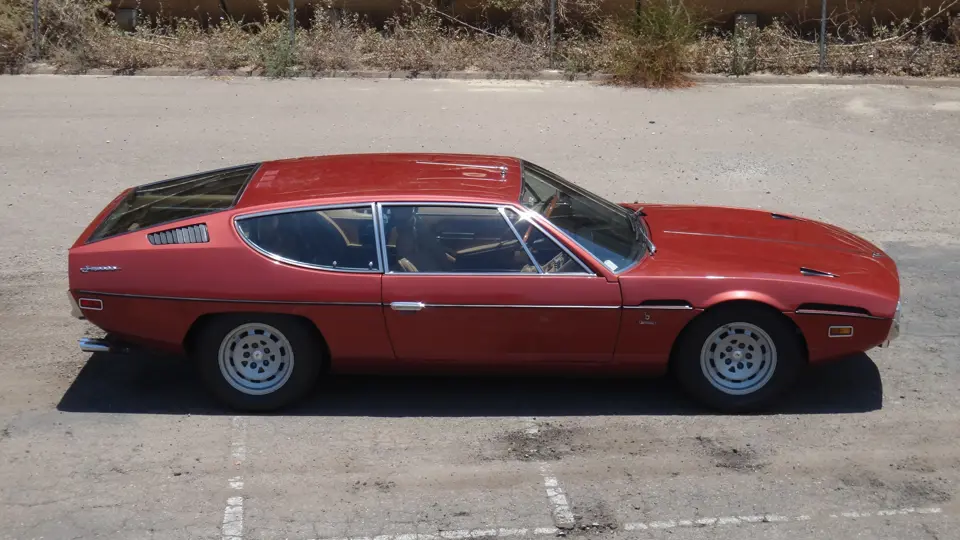

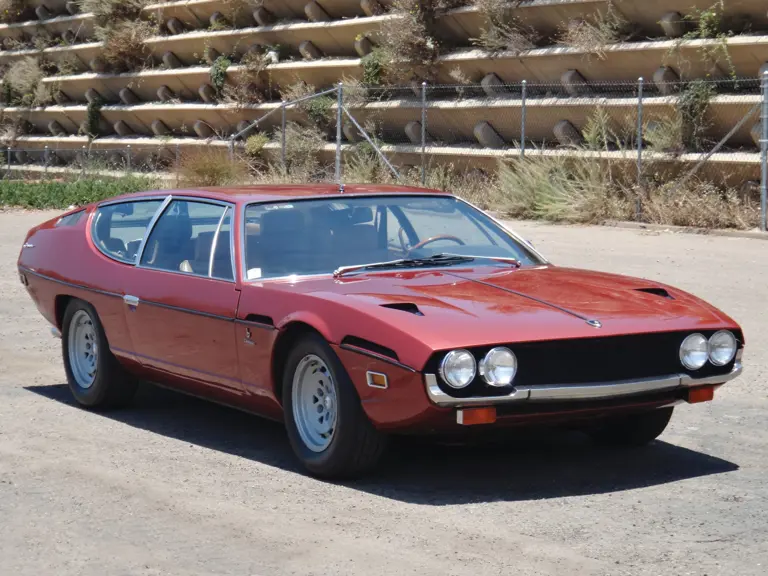
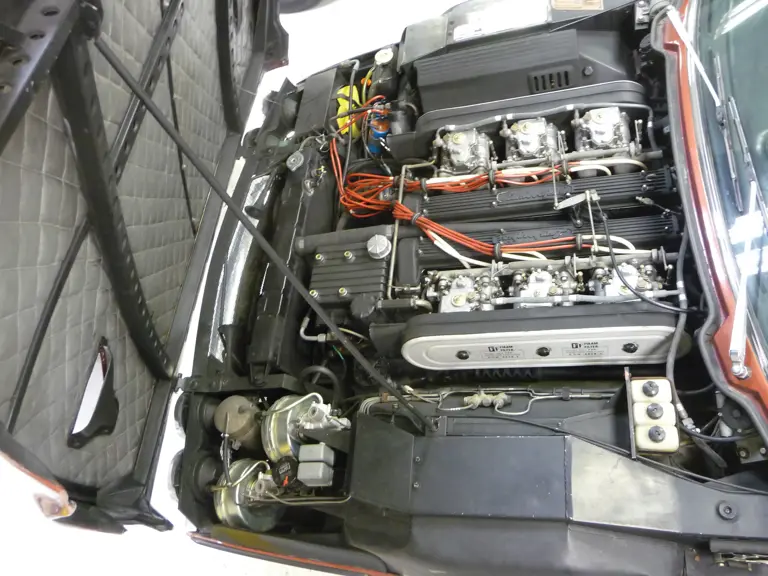
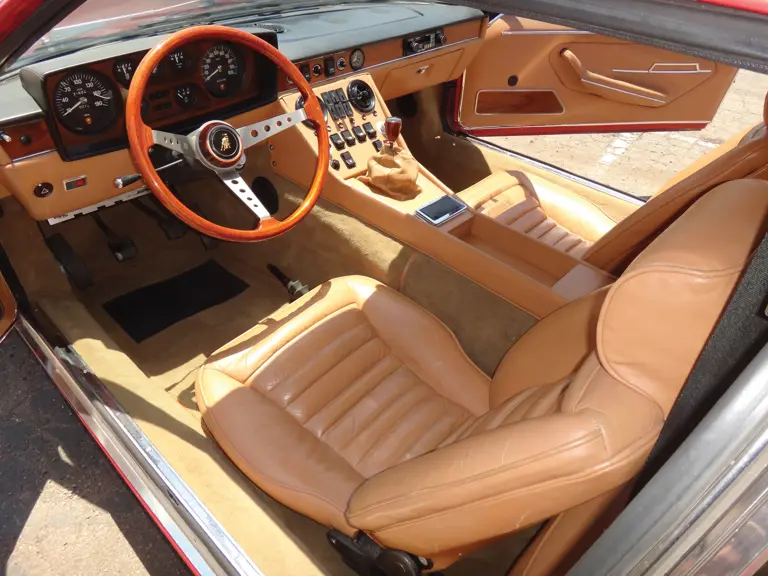
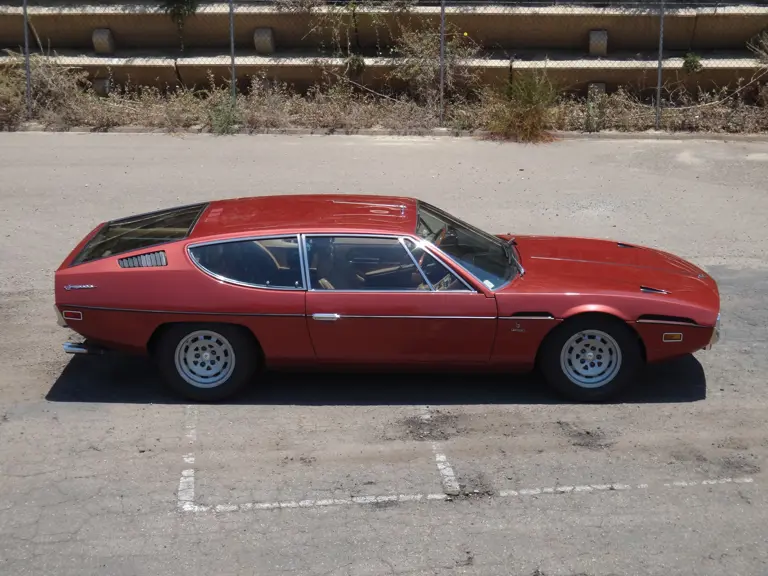
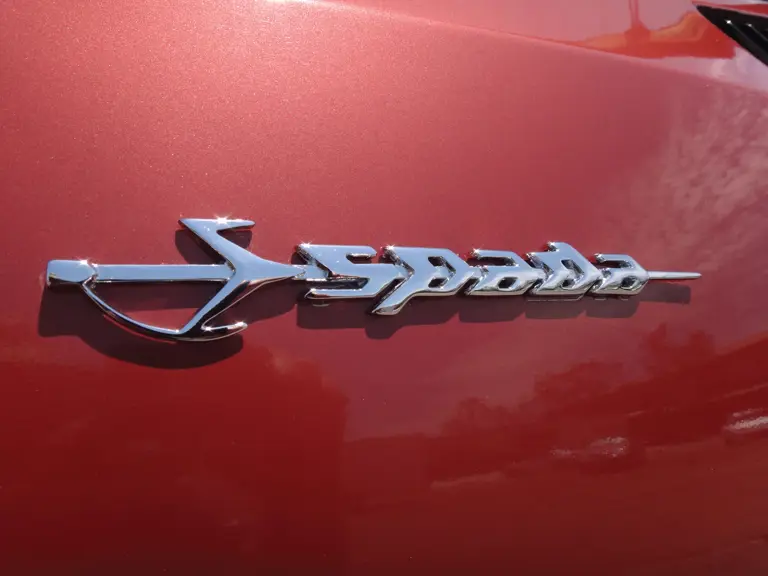

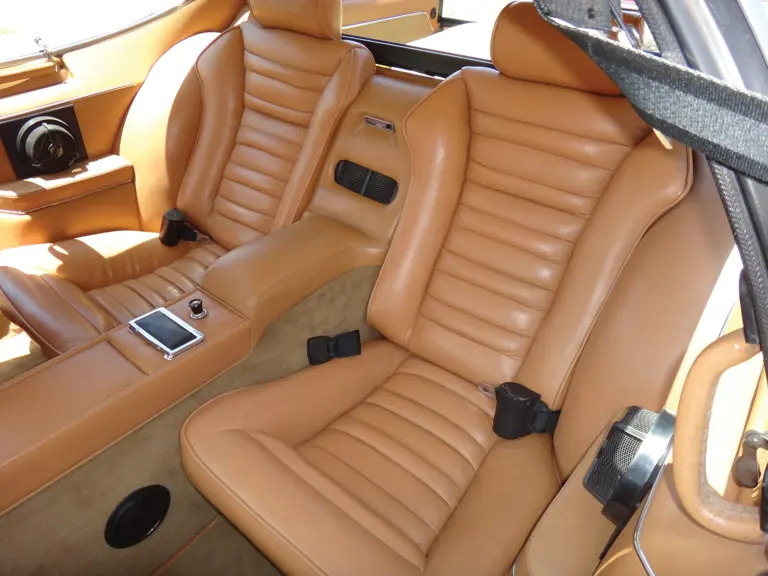
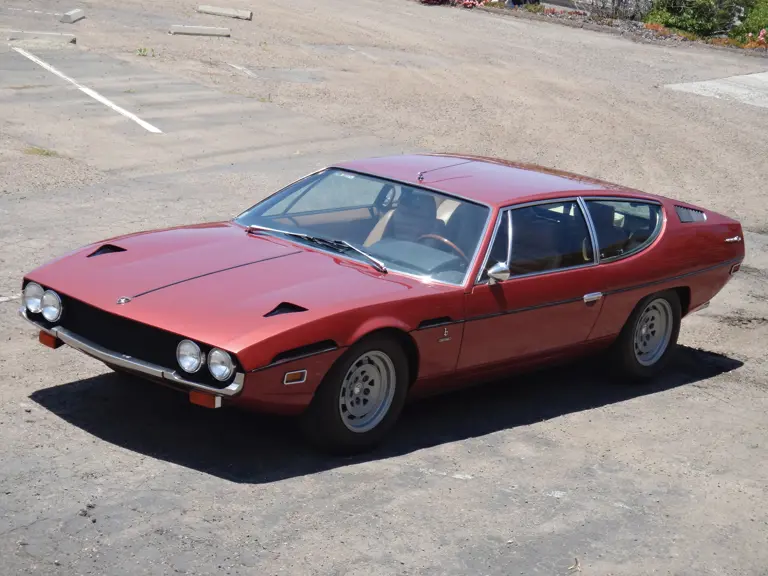



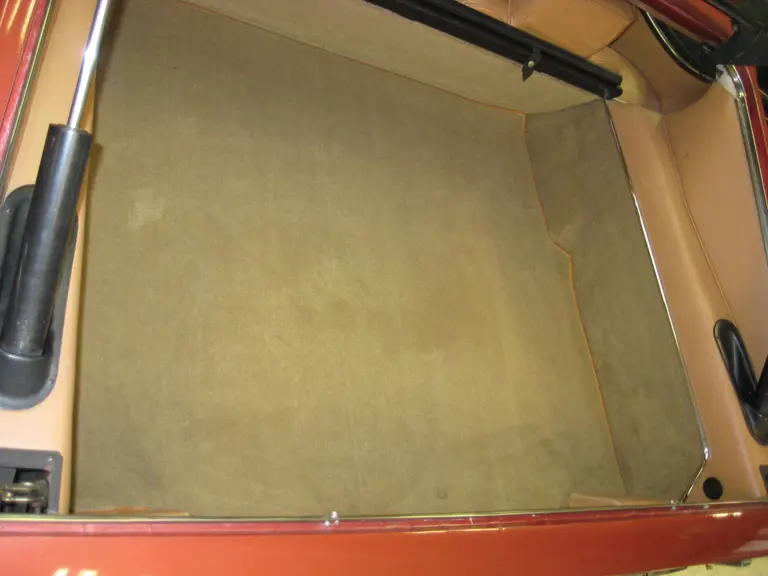

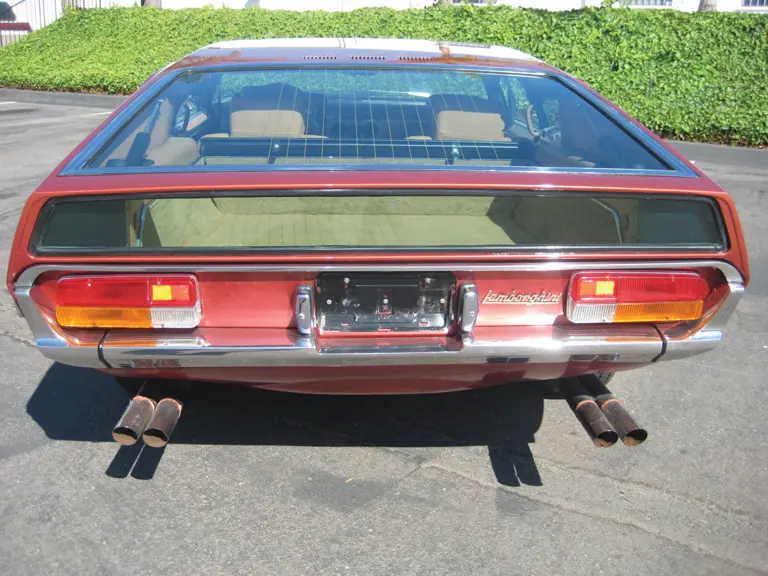

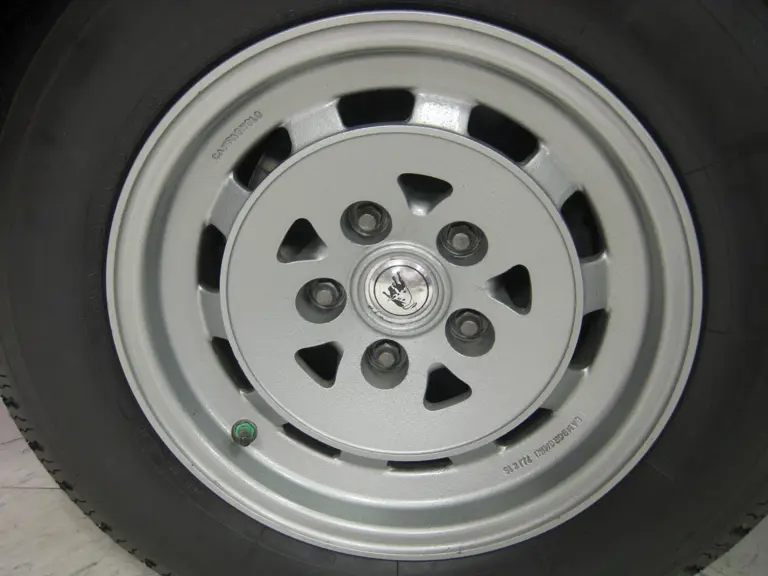
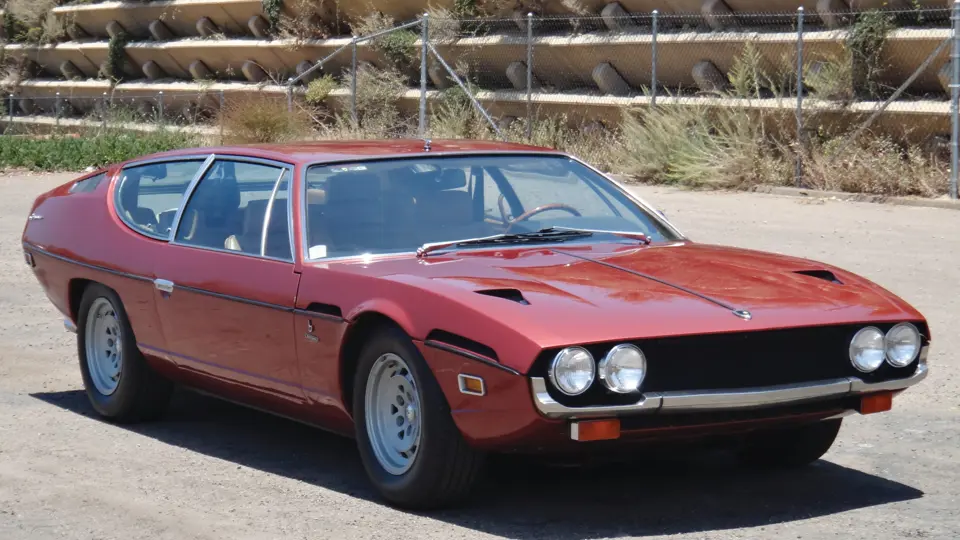
 | Monterey, California
| Monterey, California
